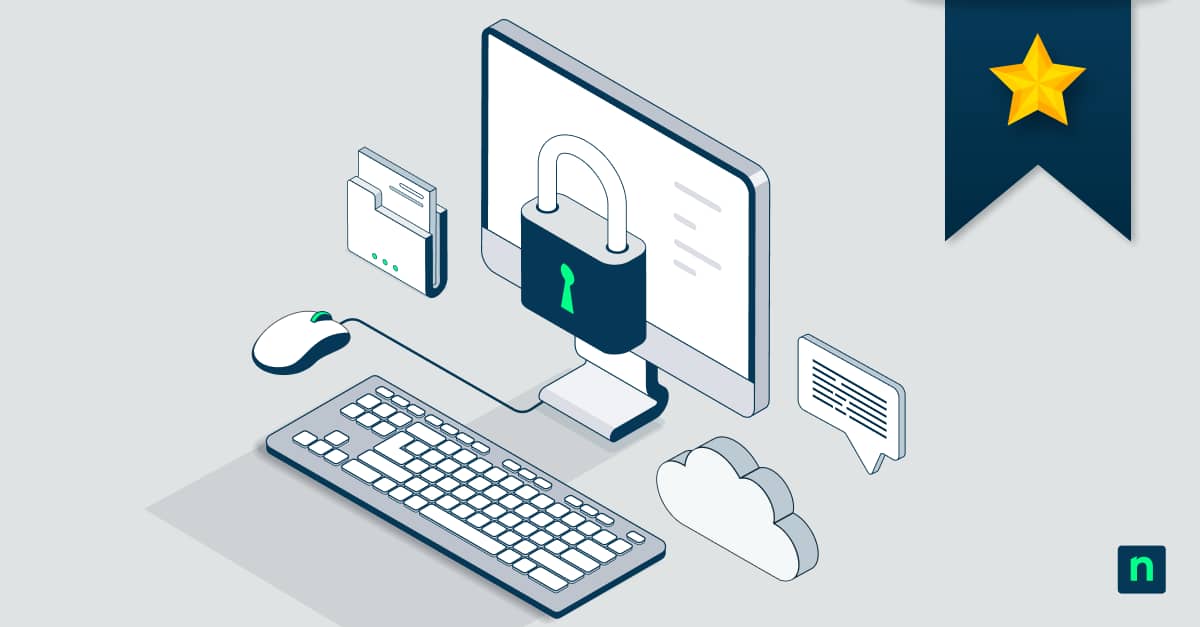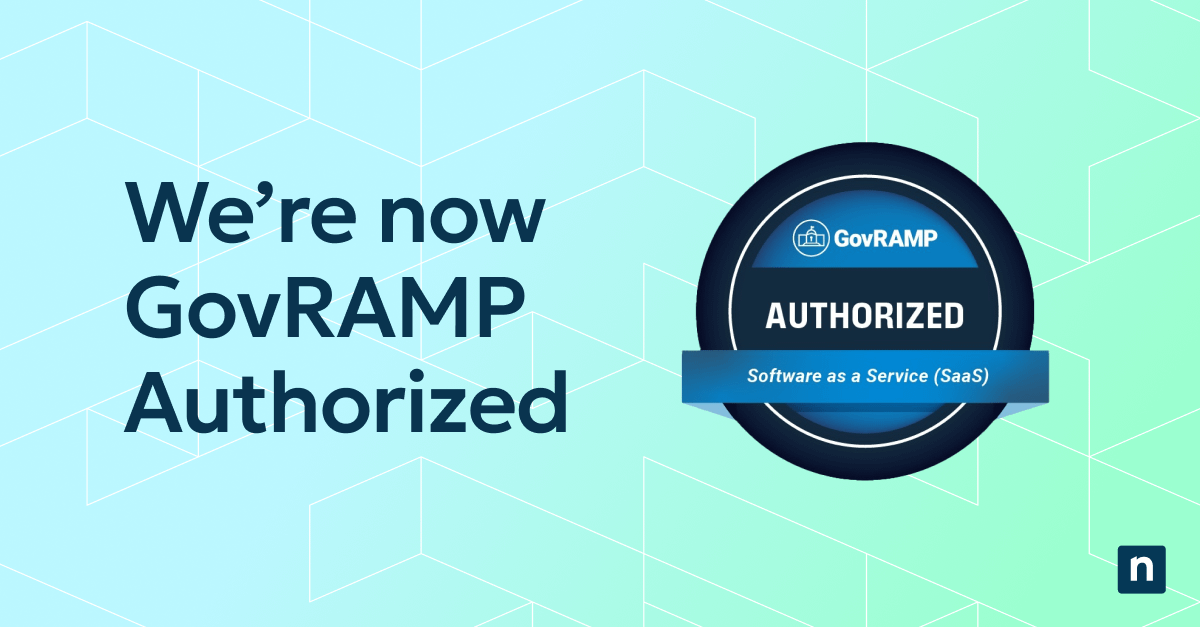Zero trust network access operates on the principle “never trust, always verify” for all network connections. Unlike traditional security models focused on perimeter defense, ZTNA requires verification for every user and device attempting to access resources, regardless of their location or network.
What is ZTNA?
What is zero trust at its core? It’s a fundamental shift from network-centric security to identity and context-based access controls. Rather than assuming everything inside the corporate network is safe, zero-trust network access treats every access request as potentially hostile until proven otherwise through multiple verification factors.
Core principles of zero trust
Zero trust network access operates on several foundational principles that differentiate it from conventional security approaches. The verification process extends beyond simple username and password combinations to include multiple authentication factors, device health checks, and behavioral analytics. User access rights follow the principle of least privilege, granting only the minimum permissions necessary for specific job functions.
Context-aware access decisions form another component of ZTNA implementations. The system evaluates not just who you are but also your device status, location, time of access, and behavioral patterns before granting resource access. This continuous validation process doesn’t stop after initial authentication – ZTNA platforms constantly monitor sessions for anomalies or changes in risk factors.
How ZTNA differs from VPNs
Traditional VPNs create encrypted tunnels between users and corporate networks, essentially extending network perimeters to include remote devices. Once connected through a VPN, users typically gain broad access to network resources based on their authentication credentials. This follows an outdated “castle-and-moat” security model where gaining entry to the network provides extensive access privileges.
ZTNA fundamentally changes this dynamic by removing implicit trust. When comparing ZTNA to VPN technology, the key difference lies in access scope. VPNs generally provide network-level access, while ZTNA delivers application-specific connections. A user connecting through ZTNA might access only the specific applications they need rather than the entire network segment.
Benefits for modern IT environments
Implementing zero-trust network access offers powerful security advantages, especially for today’s distributed and hybrid IT environments. By replacing implicit trust with continuous verification, ZTNA helps organizations stay resilient against evolving cyber threats.
Key benefits include:
- Stronger overall security through continuous authentication and verification at every access point.
- Granular, role-based access controls that reduce the attack surface by limiting users to only what they need.
- Network segmentation that contains breaches and prevents lateral movement, minimizing damage.
- Secure remote access for employees and third parties without exposing the broader infrastructure.
Inside ZTNA architecture
The zero-trust network access architecture consists of several interconnected components that enforce strict access controls. At its foundation, ZTNA establishes a secure access service edge that mediates all connections between users and applications. This intermediary layer performs continuous verification and applies policy enforcement before allowing any communication.
Identity and device verification
Identity verification is the cornerstone of any ZTNA implementation. The system must confidently establish who is requesting access before determining what resources they can see. Modern ZTNA platforms integrate with identity providers to implement multi-factor authentication, requiring users to verify their identity through multiple methods such as passwords, biometrics, security tokens or one-time codes.
Device verification adds another critical security layer by assessing endpoint health before granting access. The verification process examines the following factors:
- Operating system version and patch status
- Presence and status of security software
- Device encryption implementation
- Compliance with organizational security policies
- Detection of jailbreaking or rooting modifications
Micro-segmentation in practice
Micro-segmentation divides IT environments into secure zones with separate access requirements, significantly reducing the potential damage from security breaches. Unlike traditional network segmentation that relies on VLANs or firewalls, ZTNA micro-segmentation creates software-defined perimeters around individual applications or resources.
Security teams must identify which users need access to specific resources and under what conditions. The granularity of these controls allows organizations to implement precise least-privilege access models tailored to their business requirements.
Real-time policy enforcement
Real-time policy enforcement represents the active security component within ZTNA systems. After verifying identity and device status, the system applies access policies to determine whether the connection request should be permitted. These policies incorporate numerous variables, including user role, resource sensitivity, access location, time of day and behavioral patterns.
Policy engines in ZTNA solutions typically support attribute-based access control models that combine multiple factors in access decisions. For example, a policy might allow finance team members to access accounting systems only during business hours, from managed devices and with multi-factor authentication. The same policy could require additional verification steps for access attempts outside normal working hours or from unfamiliar locations.
ZTNA implementation strategies
Many organizations find that hybrid implementation models work best during transition periods. These approaches maintain existing security controls while incrementally introducing ZTNA capabilities for specific applications or user groups.
Assessing your current environment
Before implementing ZTNA, evaluate your existing IT infrastructure, security controls and access patterns. This assessment will help you establish a baseline understanding of your current environment and identify potential challenges for zero-trust implementation. The evaluation should examine network architecture, identity management systems, application inventory and existing security technologies.
Understanding user access requirements forms another critical assessment component. Security teams should document which users need access to specific applications, under what circumstances and with what privilege levels.
Integrating with existing tools
In order to be successful, your ZTNA implementation needs to be fully integrated with your existing security and identity management tools. Most IT environments already rely on a mix of identity providers (IdPs), endpoint management tools and security information and event management (SIEM) platforms. Rather than creating redundant systems, ZTNA should act as a unifying layer that strengthens and extends the value of these existing investments.
- Identity integration is critical here. ZTNA solutions should go beyond basic authentication by pulling in real-time attributes — like user role, device state and location — from your IdP. This enables dynamic access policies that adjust based on context, not just credentials.
- Endpoint data must inform access. Integration with endpoint management systems lets you assess device health, such as OS version, encryption status or antivirus presence, and use it to gate access automatically.
- SIEM integration adds visibility. Feeding detailed access logs into your Security Information and Event Management (SIEM) platform supports threat detection and compliance.
Look for solutions that support your logging tools and standards. Prioritize ZTNA platforms that support open standards (like SAML, SCIM and OAuth) to ensure interoperability and avoid vendor lock-in.
User experience considerations
User experience plays a key role in the success of your ZTNA implementation. If security controls create excessive friction, users may seek workarounds that undermine the security model. Effective ZTNA deployments balance security requirements with usability considerations to maintain adoption without compromising protection.
The authentication process is a particularly important aspect of ZTNA usability. Select authentication methods that provide strong security with minimal user friction, such as biometric verification or push notifications rather than manual code entry.
ZTNA best practices for IT teams and MSPs
Rolling out ZTNA takes discipline, vigilance, and a refusal to trust anything by default. Consider these ZTNA best practices:
- Require MFA at all access points to verify identities.
- Continuously update access policies by role, device, and context.
- Monitor network activity and user behavior for real-time threat detection.
Zero Trust, Zero Hassle — with NinjaOne
Streamline your zero-trust journey with NinjaOne. Lock down your endpoints, automate security tasks and spot threats before they spread. NinjaOne’s endpoint management makes Zero Trust simple, scalable and effective. Start your free trial and take control today.








